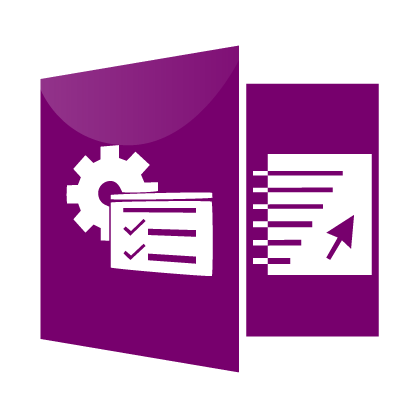World Reference Base for Soil Resources

Soil classification is a tool for grouping soils with a similar range of properties (chemical, physical and biological), and potentially similar behaviour, into a limited number of units that can be geo-referenced and mapped. The need for soil classification arose out of the complexity and often transitional nature of soil resources and gave rise to a multitude of formal and informal soil classification systems at all levels, from the local to global.
The World Reference Base (WRB) is an international soil classification system developed with the specific aim to be globally applicable for the correlation of soils, classified in various national or international systems, and the characterization of soil profiles and soil mapping units. The main benefit from an internationally accepted system for soil correlation is that it allows sharing knowledge about soils across different parts of the globe and may thus assist with transferring successful soil management techniques and approaches for combating land degradation.
WRB is the offspring of two main ‘parent’ soil classification systems: the USDA Soil Taxonomy and the FAO-UNESCO Legend of the Soil Map of the World, and borrows also concepts from the French Référentiel Pédologique and the Russian soil classification system. WRB is edited by a working group of the International Union of Soil Sciences (IUSS). The first edition of WRB was published at the 16th World Congress of Soil Science in Montpellier in 1998, where it was also endorsed as the international standard for soil classification by the IUSS. The currently valid version is the Update 2015 of the third edition 2014.
The classification in WRB is based mainly on the presence of diagnostic criteria verified by field and laboratory data. The classification is hierarchical with two levels, with as first level 32 Reference Soil Groups (RSGs), which are distinguished by the presence (or absence) of specific diagnostic horizons, properties and/or materials. At the second level, the RSGs are further differentiated through a set of qualifiers, 185 of them in total. For every RSG, there is a list of available qualifiers, which are subdivided in principal qualifiers (ranked and placed before the name of the RSG) and supplementary qualifiers (not ranked and placed after the name of the RSG).
